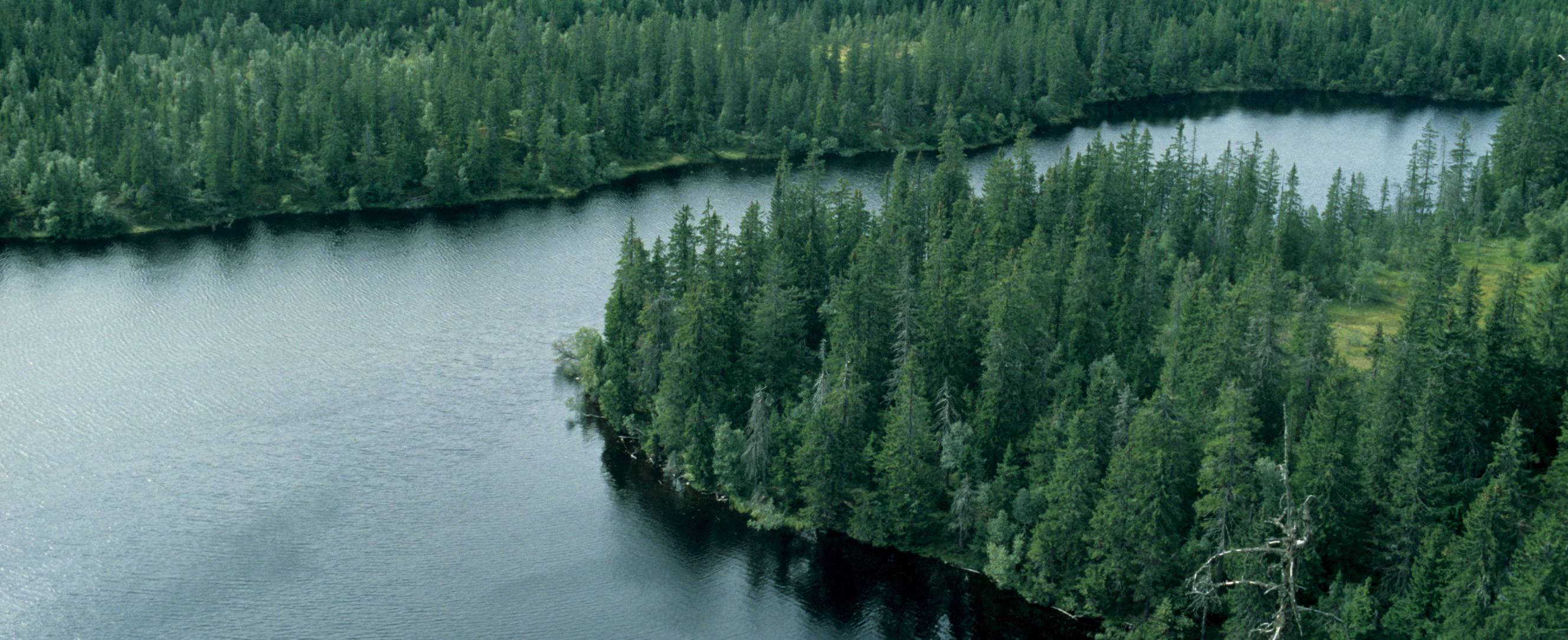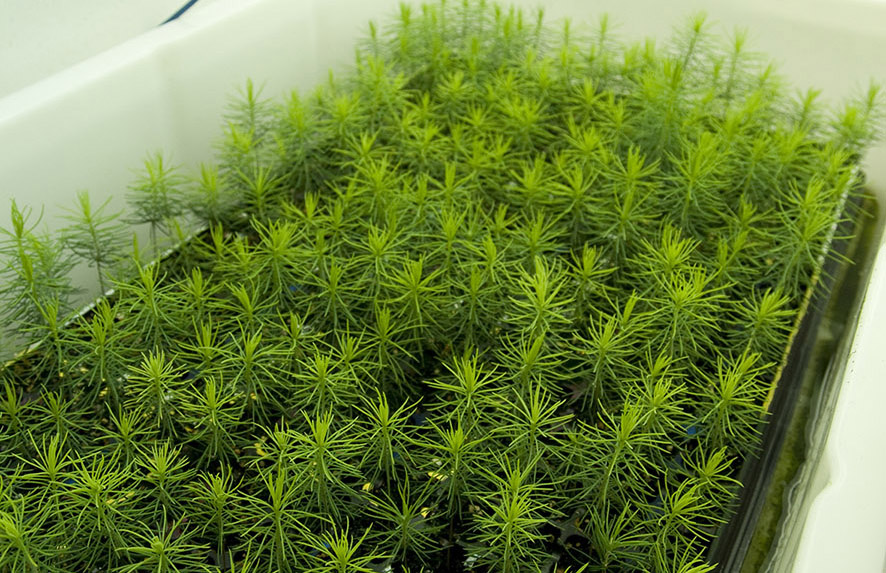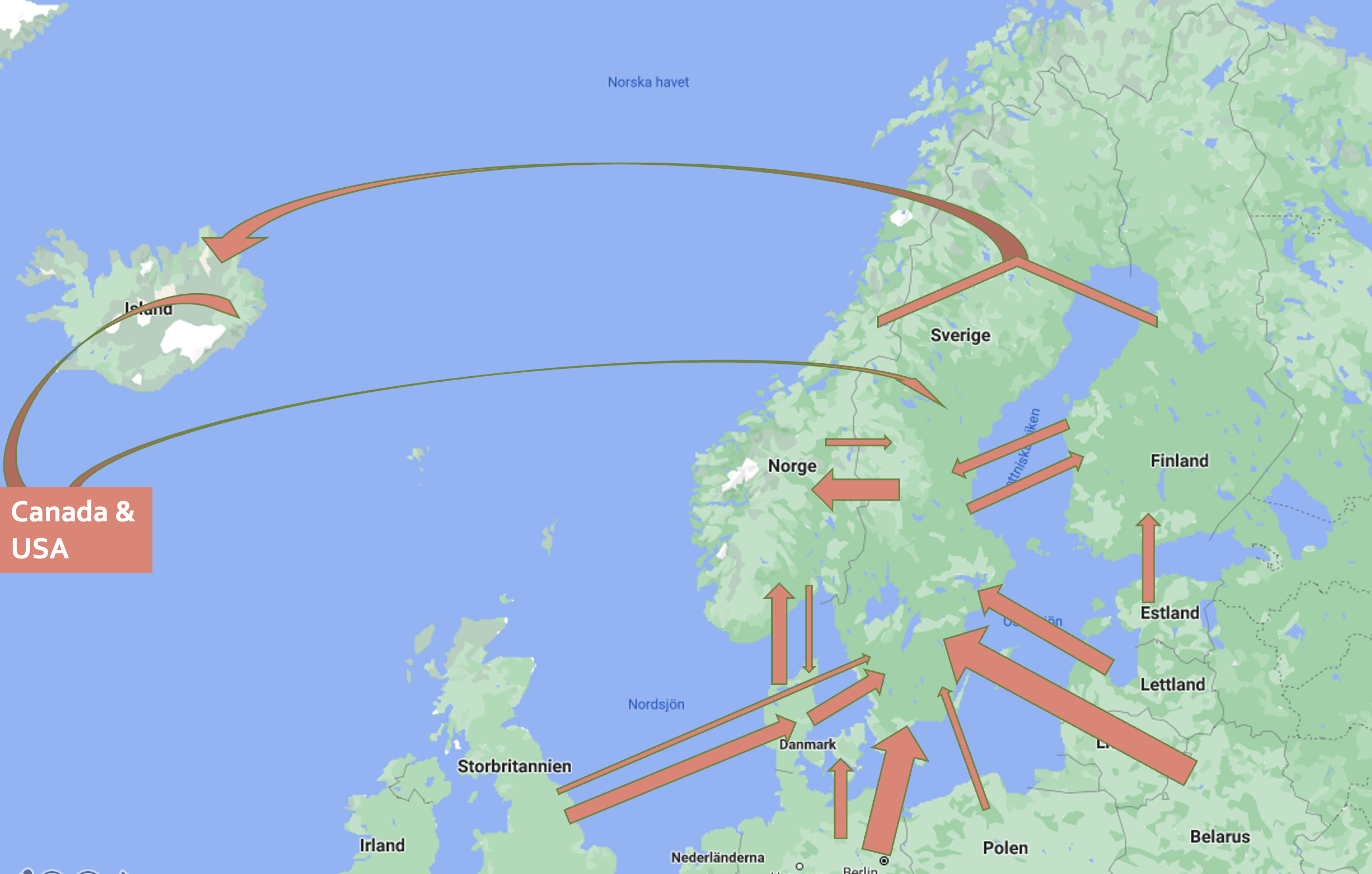
Seeds and Seedlings Crossing Borders
Apart from the national production of seedlings, there has also been a market for imported material, mainly of Norway spruce (Picea abies), between the Nordic countries as well as from Germany and the Baltics (Figure 6). The amount of imported plants varies among years and countries and may constitute a significant proportion of the total number of planted seedlings. For instance, in Sweden the import of plants varied between 35 and 53 million plants per year in the period 2009-2015, which is roughly 10 to 15 percent of the annual number of plants used. Imported plants are sometimes produced with seeds from the country which receive the plants. In those cases, there is no import of foreign genetic material. Iceland does not import seedlings due to plant health risk issues.
Seeds on the other hand are subject to some import in all the Nordic countries, and Iceland imports, or has imported, seed of many exotic tree species, the most important of which are Pinus contorta, Larix sp., Picea glauca, Picea sitchensis, Picea abies, Pinus sylvestris, Alnus sp., Betula pendula and Abies lasiocarpa. Picea abies and Pinus sylvestris are important species whose seeds are subject to import/export among Nordic countries, but also species of for instance Larix and Quercus have been traded.
Top photo: John Y. Larsson/NIBIO.

Young seedlings in a small cultivation chamber. Photo: Lars Sandved Dalen/NIBIO.

Figure 6
The illustration gives an idea of the trade to and within the Nordic countries during the last decade. Graphic: Claes Uggla.